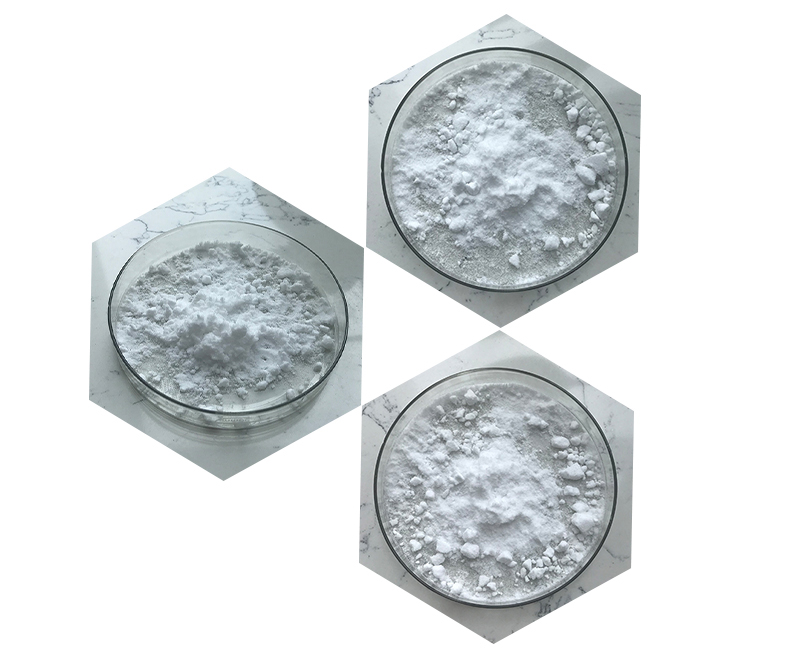WS-23 is a cooling agent commonly used in food, beverages, cosmetics, and vaping products to produce a cooling or “refreshing” sensation. It is a member of the menthol-like cooling agents, but it’s chemically distinct from menthol. Here’s how it works:
- Activation of TRPM8 Receptors: WS-23 interacts with transient receptor potential cation channel subfamily M member 8 (TRPM8) receptors, which are responsible for the sensation of cold. These receptors are found on sensory neurons in the skin and mucous membranes.
- Cold Sensation: When WS-23 binds to these receptors, it causes a sensation of coldness, even though the actual temperature of the area has not changed. It essentially tricks the brain into perceiving a cooling effect, similar to how menthol produces a cooling sensation.
- No Real Temperature Change: Unlike actual cooling agents (like ice or menthol), WS-23 does not physically lower the temperature of the skin or the environment. It simply stimulates the sensory receptors to convey the feeling of coolness.
- Long-lasting Cooling Effect: One of the notable features of WS-23 is that it provides a more sustained cooling effect compared to other cooling agents like menthol, which can fade more quickly.

It’s also valued for being less pungent and more subtle in its cooling effects, which makes it suitable for a variety of applications where a strong menthol-like aroma might be undesirable.
Basic Information of WS-23
WS-23 (also known as 2,3,3,3-tetramethylcyclopropene-1,2-diol) is a synthetic compound commonly used as a cooling agent in the vaping industry, often to simulate the sensation of a “cool” or “icy” feeling without using menthol. It’s part of a class of chemicals known as “cooling agents,” which produce a mild, refreshing cooling effect when inhaled or applied to the skin.
Key Features of WS-23:
- Cooling Effect: WS-23 is primarily used for its ability to induce a cooling sensation similar to mint or menthol, but it does not have the same strong minty taste. The cooling effect is generally smoother and less intense than menthol.
- Usage: It’s commonly found in e-liquids, personal care products like toothpaste and mouthwash, and food products. In vaping, it’s used to create a refreshing and smooth experience.
- Concentration: The concentration of WS-23 in e-liquids is typically low, ranging from 0.1% to 1% depending on the desired intensity of the cooling effect.

- Non-Mentholated: Unlike menthol, which has a distinctive mint flavor, WS-23 provides only the cooling sensation without a taste profile, making it ideal for those who want the sensation but without altering the flavor of the vape juice.
- Safety: WS-23 is generally regarded as safe for consumption and inhalation at the levels typically used in e-liquids and food products. However, as with any substance, excessive exposure can cause irritation in some individuals.
- Chemistry: It’s a synthetic compound, produced by modifying naturally occurring chemical structures. Its molecular structure is designed to interact with the body’s thermoreceptors, which is why it produces a cooling sensation.
If you’re exploring it for a particular purpose (like in e-liquid formulation or a specific product), let me know if you need more detailed info!
